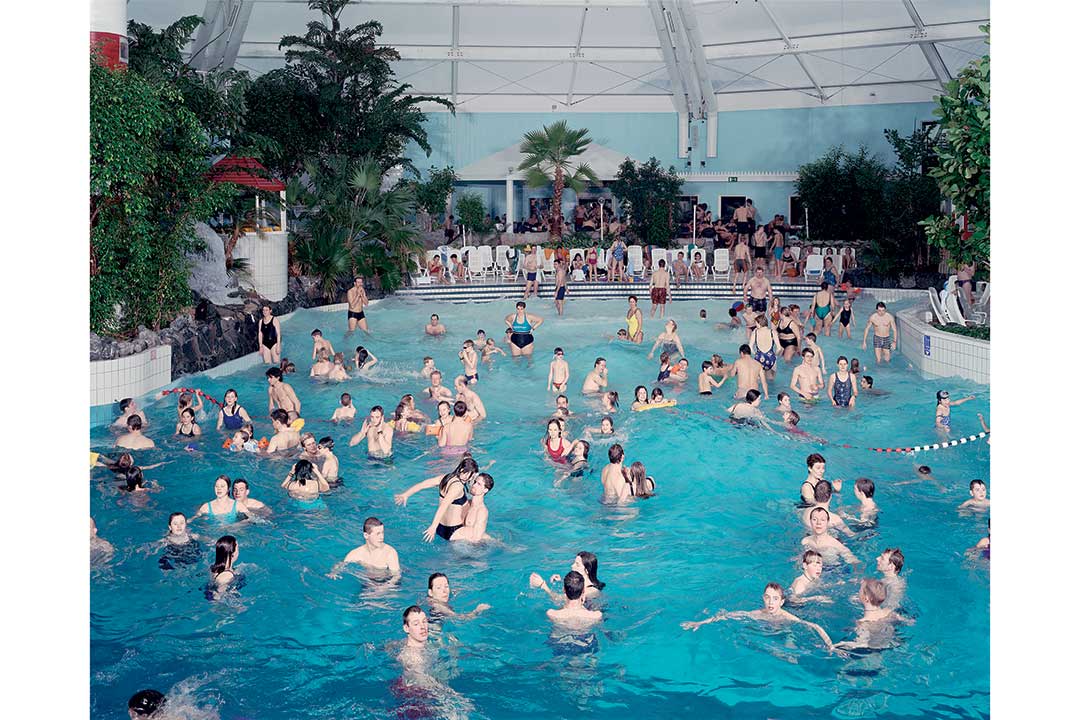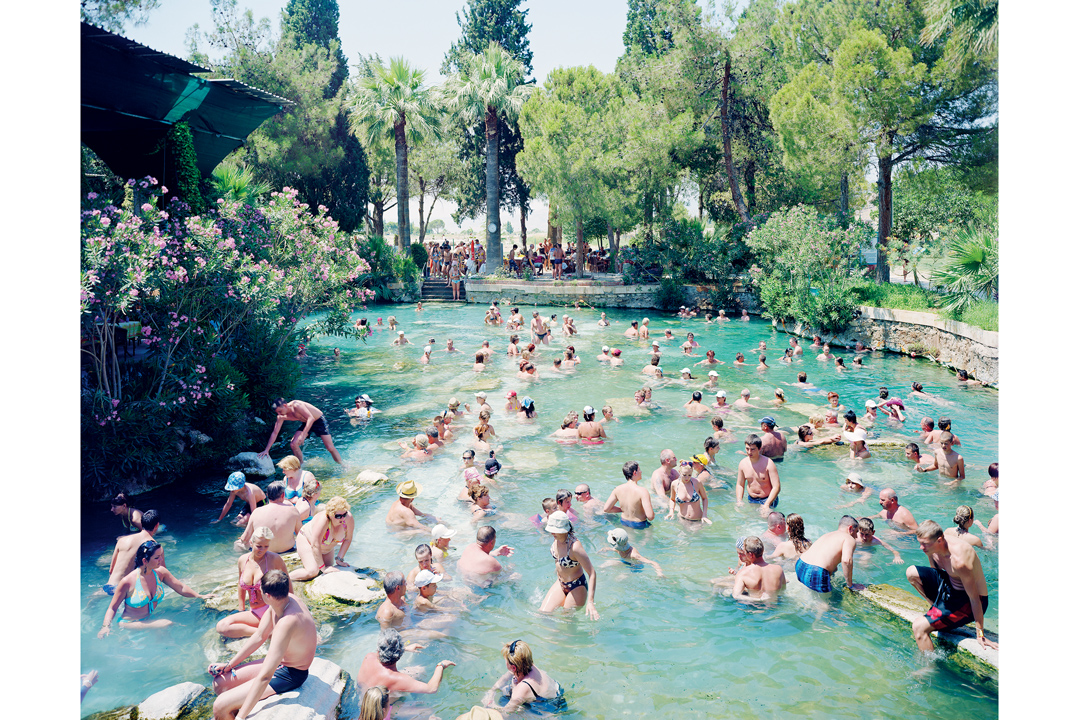[…] the photographic universe can serve as a model for postindustrial society […] a philosophy of photography can be the starting point for any philosophy engaging with the current and future existence of human beings.
Vilém Flusser, Towards a Philosophy of Photography[1]
Unlike painting, photography, even artistic and fashion one, always implies a certain documentary truth, an objective reality which results from distancing of the camera, as opposed to the subjectivity of a painter. Photographs give proof while the work of a painter is always an interpretation, even when this interpretation is deemed most objective and realistic. Contrary to painting, photography due to the very nature of its technology – not as a possibility but a necessity – has the quality to record everything in the depth of reality captured through the camera lens. However, a photograph is not just a meeting point between an event and a camera. Taking a photo is a special event, an interference in the flow of reality, which is far more than passive observation. It is an act of snatching a fragment of reality from time, which simultaneously gives a different status to that photographed event. Moreover, the framing process, the selection of a specific frame which captures one very specific view and the moment of that view, open up a new window to reality, a possibility to see or comprehend other realities, which gives this tool of objectivity – the camera – magical qualities, as Vilém Flusser claims.

Series of photographs by the Italian photographer Massimo Vitali, entitled Beach, Disco, Pools... show ordinary situations and thus confirm the magical quality of the camera because the author reveals new realities of our everydayness through the lens of his camera. His monumental colour photographs, which he has been working on since the mid 1990s, display portraits of big groups of people on the beach, by the pool, in recreation centres and other places of Foucaultian heterotopias. Shot from above, his photos are reminiscent, to a certain degree, of a historical painting practice of landscape art with deep perspective. However, his approach focuses on the voyeuristic capacity of the photograph because he transforms romanticism of landscape art into a specific voyeuristic perversity of postindustrial society. He questions anonymous life in the context of an urban, populated world while naturalism of his photographs that zoom deeply into the mass of people in a relatively large space, gives a surreal quality to that everyday situation. His photographs always show a lot of people who never constitute a crowd or a mass, but always keep their distance alone in the crowd. His tool is a surgeon-like coolness of his lens observing people from a distance as a biological species from another planet.
Although it seems that it is possible to capture their meaning with a single glance, which, in that case, is extremely superficial and lacks essence, Vitali’s photographs require a complex method of photographic observation, which gradually reveals details. The meaning is gradually revealed by visual scanning of the surface of the photo. It is the details that give a specific colour to an otherwise uniform distribution of people (or elements) on the photo. Idyllic tourist destinations (beaches or pools in this case) are threatened by a detail, which, on the very edge of the horizon, causes a great unease. There are sequences of overcrowded beaches, but at the edge of the frame there are barely discernible outlines of a threatening and ominous industrial landscape – a procedure that reminds of David Lynch. Alienation of distancing, and, at the same time, an almost over-idealized world of commercials. It is deep focus which enables, even demands that the frame be read and discovered gradually. What can be perceived as a whole by a glance is never identical to the content visible in the detail. It is the tension between the detail and the whole which causes unease.

His photographs are never denotative (explicit) systems of symbols, but always connotative (implicit) complexes of symbols whose meaning is not extracted by a single glance. The look cast over the surface of the photograph gradually comes across individual stories of people in the crowd captured by the camera lens. Life, the mass, pulsation of people like ants as the focal point of the photo get deconstructed into readable details upon the second look which reveals a kiss of a couple in the crowd (as in the photograph De Haan-kiss…).
Postindustrial society is accurately depicted with the realist procedure of a documentary record of reality, or to use photographic jargon: long exposure of that reality reveals, in effect, a cosmetic simulation of reality through commercialized free time, an illusion of the seductive feeling of artificial abundance and wealth, a world of simulations created by the entertainment industry and leisure industry. This debunked unease of the normal awakens us from the world of apparitions, which is endlessly being reproduced by our postindustrial society.
Reality has always been interpreted through the reports given by images; and philosophers since Plato have tried to loosen our dependence on images by evoking the standard of an image-free way of apprehending the real.[2] In today’s society we really live under the supremacy of images. It is not reality but images as conceptions that reproduce the illusion. Vitali, however, uses exactly images/photographs to debunk the illusion of reality.
[1] Villém Flusser. Towards a Philosophy of Photography, Reaktion Books Ltd: London, 2000: 75.
Sontag, Susan: On photography, RosettaBooks llc, New York, 2005: 119